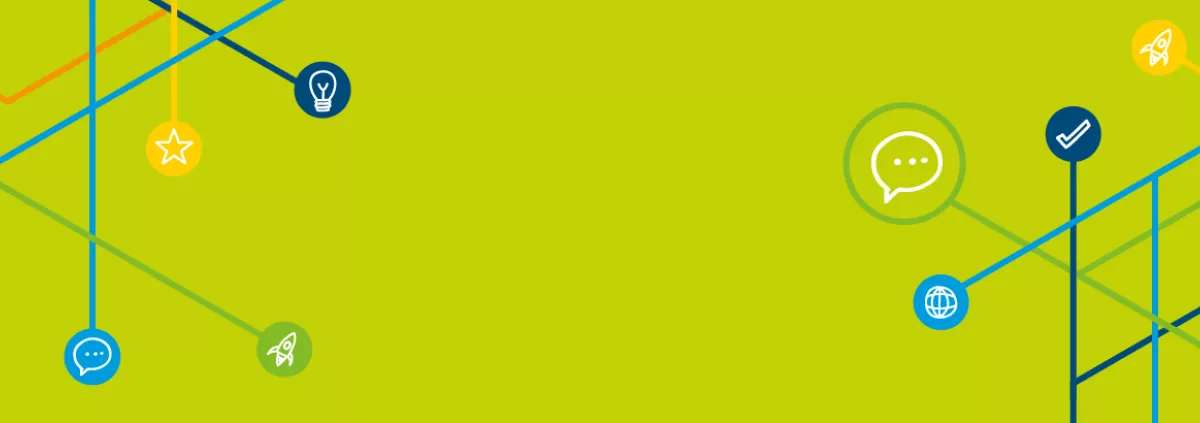Top down or bottom up initiatives?
Experience shows that top-down educational reform is a recipe for failure. Bottom-up approaches can create exceptional conditions in individual cases, but how can we create better conditions for all learners? This requires coordinated approaches that mobilise different actors to take initiative and create synergies and new opportunities for all learners, not just those who are part of pilot schools. While the top-down approach – almost by definition – gives insufficient attention to the involvement and engagement of key actors at the lower levels of the education system, the bottom-up approach usually remains limited to a small number of experimental pilot projects that fail to have system-wide impact. We see in a number of countries that new developments are facilitated by changing governance structures, giving more responsibilities in the delivery to stakeholders from the world of work, or local and regional authorities, to make the delivery more demand-oriented. Should structures be changed or should the actors involved in education and training be empowered? The answer is likely to be both.
As explained in other parts of this Toolkit, it is important to consider both policy and practice as part of a wider ecosystem in which different actors perform their roles and communicate with each other. A schematic representation of such an ecosystem appears below. Policies and strategies, governance and legislation set a framework that empowers teachers, practical instructors, adult trainers, trainers in companies, school managers, experts and stakeholders to find optimal solutions. In turn, feedback from practice is passed to the researchers, administrators, decision makers and, ultimately, legislators.

Source: Mervi Jansson, CEO Omnia Education Partnerships Ltd. Presentation ETF Seminar Kiev March 2019

Please log in or sign up to comment.